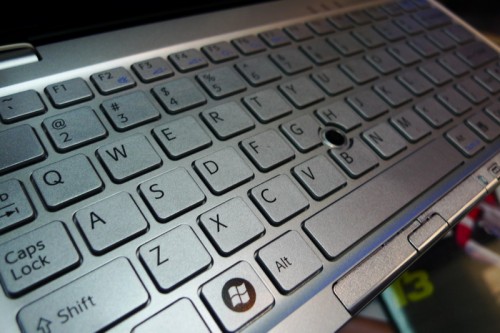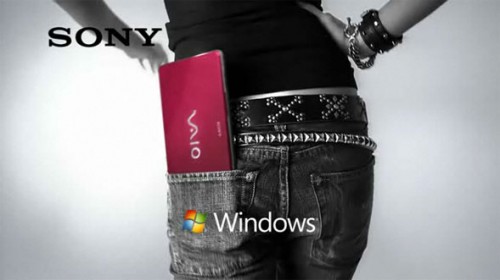
Having been invited to the Philippine launch of the Sony Vaio P, I got the chance to handle this new ultraportable computer from Sony. I won’t call it a netbook, at least not for now, as Sony has been insistent that this product is not a netbook competitor. Considering its USD $900 price tag, it ought to be a lot more than a netbook. Here in the Philippines, it will be selling for 49,999 pesos at its cheapest configuration while the more upscale option is listed at 69,999 pesos. Ouch.
The cheaper version has a slower Intel Atom processor, the 1.33 GHz Z520 while the other one has the 1.6 GHz Z530. For storage, the entry–level (if you think fifty thousand pesos is an entry–level price point) version uses 60GB HDD while the other one sports 1 64GB SSD. RAM is more than adequate at 2GB, but since they’re using Windows Vista on this one, it really doesn’t help.
Here’s a very quick summary about the Sony Vaio P:
- 50,000 pesos is a hard sell for an ultra–mobile solution, but then again it might be okay since Sony has never been out to capture the whole market anyway. Maybe it will sell well enough to be not a flop, but definitely not a hit.
- 1600×768 resolution on a screen this small is a technological feat — but you should’ve stopped at that. There’s no reason to sell it as you cannot read text on the screen. It defeats the advantages presented by the wonderful keyboard — you can type fast comfortably but cannot see what you’re writing. Almost the same as the netbook problem, but this time we’re complaining about the screen, not the keyboard.
- Now let’s look at things differently: it is a marvelous screen. The ultra–widescreen LCD is bright with good contrast and color that it would be very good for watching movies and viewing photos. Unfortunately, for the same money I could’ve bought a 32–inch LCD TV with a cheap netbook and I can use the netbooks video out port to view everything on the LCD TV, in HD resolution.
- Trying out Internet Explorer 7 that came with Vista, I opened two web pages on two different tabs. Switching between the two of them takes noticeable time that it becomes irritating. The Vaio P would’ve fared better if it ran Windows XP.
- Touch–point/trackpoint interface instead of a trackpad was a necessary detail to keep the device’s size to a minimum. However it somehow limits the usability of the device itself, especially considering the ultra–high resolution screen; it is hard to control the cursor movements with such an input device.
- Not to be entirely negative about the Vaio P, this thing can do HD video output as well as special wireless pairing features with other Sony devices. It can do beautiful photo slideshows and similar presentations. Not to exaggerate, but the device itself is an engineering milestone. It’s just crippled by some compromises and a huge price tag.

